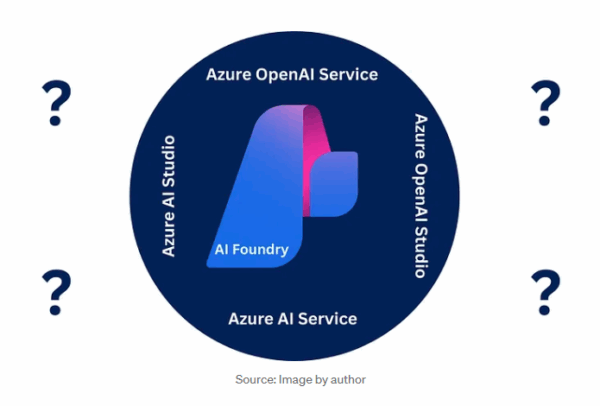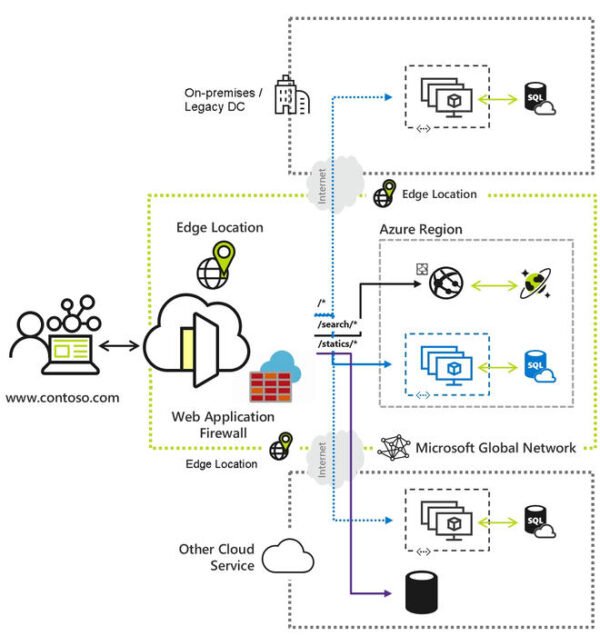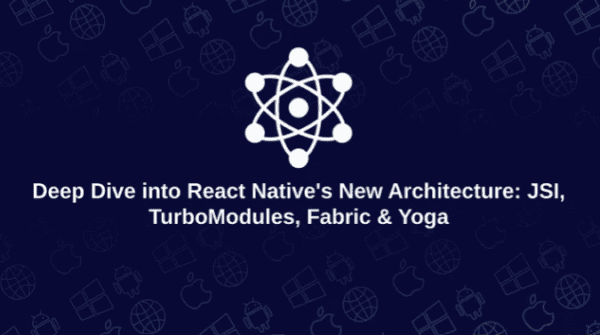Welcome to our blog post on Microsoft Syntex, a powerful content analysis and management tool that can revolutionise the way your organisation handles documents and information. Syntex leverages the latest advances in artificial intelligence and machine learning to help you extract insights, automate workflows, and improve decision-making. With a range of powerful features and capabilities, Syntex is an exceptionally powerful solution. You can quickly and accurately extract information from documents, classify content, and automate repetitive tasks, all while increasing productivity and reducing costs. Whether you need to manage your content more effectively or enhance your data processing workflows, Syntex can help you achieve your goals with ease. In this post, we will explore some of the key features and capabilities of Syntex, and show you how it can help you unlock the full potential of your data. So, without further ado, here are some of the key features and capabilities of Microsoft Syntex:
1. Document Building

With Syntex, you can easily build documents using a customisable template. Simply create a template based on an existing Word document, which can be used as the foundation for enterprise-wide model documents such as contracts, Statements of Work, and invoices. Within your template, you can identify different variables that can be modified, and then use a form to gather specific information. This information can then be used to generate a new document that is tailored to your specific needs, making document creation quicker and easier than ever before.
2. Document Understanding

Understanding your content using Syntex begins with models. Syntex uses two different types of models, custom models and pre-built models. Syntex allows you to take advantage of its document understanding capabilities using custom models to extract specific keywords from structured documents. Syntex leverages AI technology to recognise the type of information contained in the document, and then extracts or classifies it accordingly. This allows you to automate processes such as extracting addresses or customer information from invoices. Additionally, Syntex includes pre-built models for invoice and receipt processing, making it even easier to streamline your workflows and increase efficiency.
Custom Models
| Unstructured document processing | Freeform document processing | Structured document processing |
|---|---|---|
 |  |  |
Prebuilt Models
| Contract processing | Invoice processing | Receipt processing |
|---|---|---|
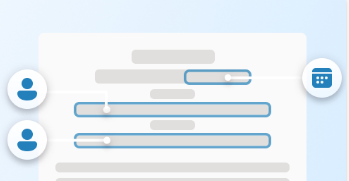 | 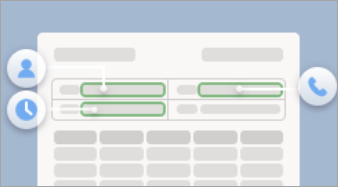 | 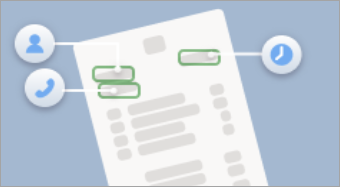 |
3. Form Processing
Syntex offers the capability to extract specific information from forms and automatically integrate it into customised documents, saving time and reducing the risk of human error. With the help of pre-built templates, users can create forms and define the fields required to extract data. Once a form is submitted, Syntex can automatically extract and organise the data, making it available for use in document creation.
Moreover, Syntex can integrate this data as a component of a larger content management initiative. For example, the data can be used to automatically assign metadata tags to documents, making it easier to manage and discover content. Additionally, the extracted data can be integrated with other systems or applications, such as customer relationship management (CRM) software, to improve data accuracy and consistency across platforms.
By utilising the data gathered from forms, Syntex allows businesses to streamline document creation and automate content management processes, resulting in greater efficiency and improved accuracy.
4. Integrations
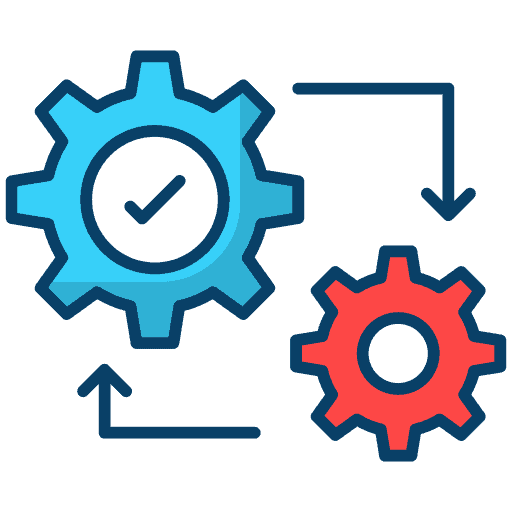
By integrating SharePoint Syntex with other Microsoft 365 and related services such as Microsoft Office, Microsoft Teams, Dynamics, and The Power Platform (Power Apps and Power Automate), you can create even more comprehensive content and document management processes from end to end. This integration enables users to seamlessly manage workflows, document creation, information extraction, and storage, among other capabilities, resulting in a more efficient and streamlined business operation.
5. Object Recognition

The “visual dictionary” feature has the ability to recognise and label thousands of objects in images. This allows Syntex to comprehend and categorise visual information within documents. With the visual dictionary, users can quickly identify the content of an image and create metadata tags to describe the image. This can be useful in industries like healthcare, where medical images need to be tagged with specific information such as the type of scan, the body part scanned, and the date of the scan. This feature is also useful for businesses that need to categorise and manage large volumes of visual content, such as marketing materials, product catalogs, and design files.
In addition to recognising visual content, Syntex can also transform handwritten text into digital text. This capability is particularly valuable for organisations that receive handwritten documents or forms, such as healthcare facilities or government agencies. The system’s AI technology can quickly identify and extract relevant information from handwritten documents, making it easier to process and manage the data.
6. Metadata Search

In addition to simplifying content discovery, Syntex can also support other related processes associated with content management. For example, by automatically tagging documents with relevant metadata, it can streamline the process of routing documents through workflows or archiving them for long-term storage.
7. E-signatures

Syntex’s integration with e-signatures provides a streamlined and secure way to manage the signing of documents. With this feature, users can eliminate the need for physical signatures, printing, scanning, and mailing documents. Instead, users can easily send documents for signature directly from within Syntex, eliminating the need for separate e-signature software or services.
The e-signature integration with Syntex provides a fast and efficient way to complete the document signing process, reducing the turnaround time and increasing productivity. Additionally, this feature enhances the security and compliance of the process by enabling the tracking and audit of all document signing activities.
By automating the entire document management process, from content creation to signature collection, Syntex saves businesses time and resources while improving the accuracy and efficiency of their operations. With this feature, businesses can focus on core competencies, reduce administrative overhead, and achieve better outcomes for their customers.
To Wrap it Up…
Syntex is a powerful tool that can revolutionise the way businesses manage their documents and content. Its ability to automate the entire document management process, from creation to signature collection, can save businesses time and resources while improving accuracy and efficiency. With features like document building, document understanding, integrations with other Microsoft 365 services, object recognition, metadata search, e-signatures, and form processing, Syntex offers a comprehensive solution for all your document and content management needs. Its AI technology allows for quick and easy extraction and organisation of information, making it easier to create customised documents and streamline content management processes. Ultimately, Syntex enables businesses to focus on their core competencies and achieve better outcomes for their customers.
Want to Know More?
Find out more about Microsoft Syntex here.
STAY UP TO DATE
Catch up on the latest blogs, eBooks, webinars, and how-to videos.
Not a member? Sign up today to unlock all content.
Subscribe to our YouTube channel for the latest community updates.



